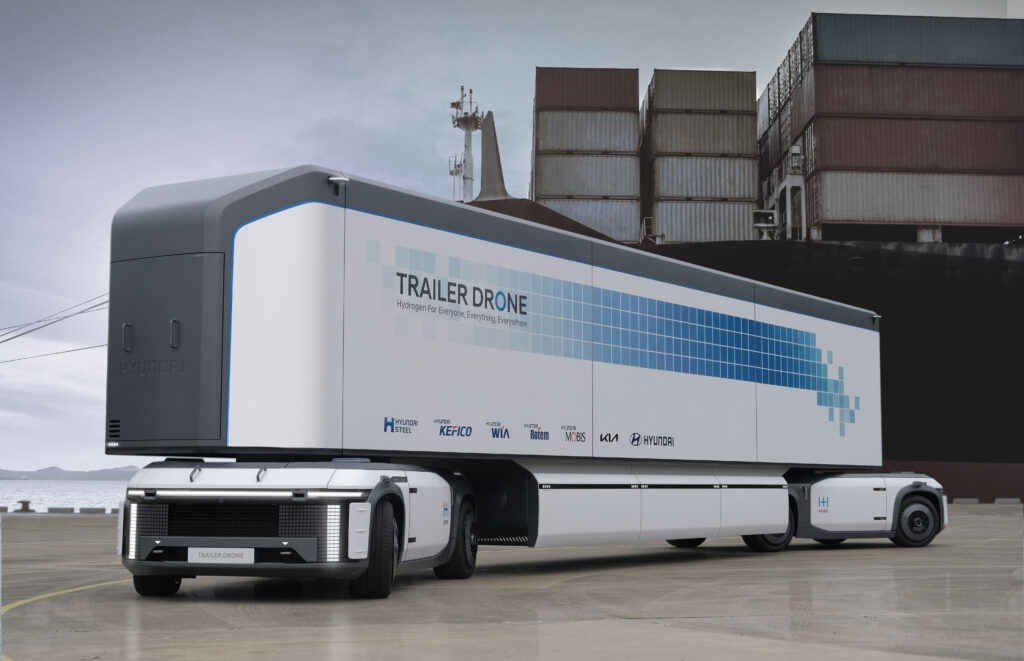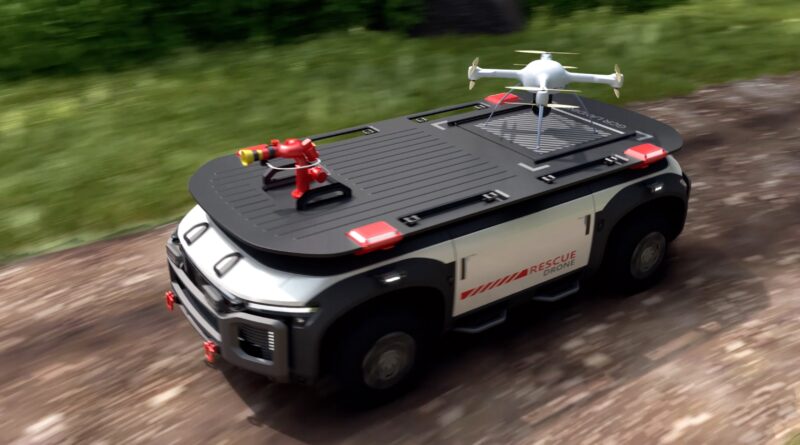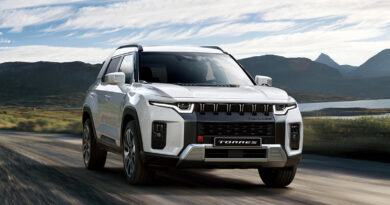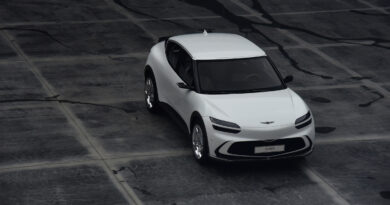Hyundai targeting FCEV parity with BEVs by 2030
Hyundai will release its third-generation hydrogen fuel cell electric vehicle technology in 2023 in the new Nexo and soon-to-arrive Staria FCEV.
It is an important step in the evolution of hydrogen FCEV systems, which Hyundai believes it can manufacture to cost parity with battery electric vehicles by 2030.
The company is also developing an autonomous fuel cell e-bogie that can form part of a “trailer drone” for future trucking applications.
Hyundai announced the ambitious 2030 cost parity target and fuel cell truck technology at an online Hydrogen Wave event that laid out a vision to popularise hydrogen by 2040.
READ MORE: Every car brand investing in hydrogen fuel cell technology
READ MORE: Hyundai Staria FCEV confirmed for 2023 – and Hyundai Australia is interested
READ MORE: 500kW Hyundai Vision FK prototype shows the fun side of hydrogen FCEV
READ MORE: Water tight: Hyundai Nexo could be the start of big H2 things
Hyundai is going big on hydrogen, joining Toyota in heavily investing in fuel cell technology. While Tesla is famously anti-hydrogen, many other brands are ramping up their FCEV investments.
“By developing advanced technologies and innovative systems – as well as encouraging close collaboration between public and private sectors across the globe – it is possible to make this sustainable vision a reality for all,” said Hyundai chairman Euisun Chung.
The 2040 vision also included plans for stationary power supply systems and smaller transportation systems, such as drones.
“Hyundai Motor Group’s vision is to apply hydrogen energy in all areas of life and industry such as our homes, work-places and factories,” said Chung.
“The goal is to make hydrogen readily used for everyone, everything, and everywhere. We want to offer practical solutions for the sustainable development of humanity and with these breakthroughs, we aim to help foster a worldwide Hydrogen Society by 2040.”
Hyundai already has its Xcient fuel cell truck available overseas and plans to expand its commercial vehicle lineup to the point where the entire range has fuel cell options by 2028.
The challenge is reducing the cost of manufacturing hyrogen fuel cells.
“Our goal is to achieve cost competitiveness comparable to that of EV batteries by 2030,” said Saehoon Kim, Hyundai Group executive vice president and head of fuel cell
Hyundai is also working on the longevity of hydrogen fuel cell systems, aiming for a 50-100 percent improvement over the 10-year, 160,000km life it currently achieves from the fuel cell in its Nexo and other vehicles. That would stretch the lifespan to as high as 320,000km, which is closer to the circa-500,000km lifespan Hyundai says trucks would require.
While Hyundai says 99 percent of the cost of a fuel cell are relatively affordable mainstream materials such as steel and aluminium, there are components in the fuel cell stack the company is trying to reduce the cost of.
“The most important part for the cost reduction is the [fuel cell] stack,” said Kim.
He referenced the MEA (membrane electrode assemblies) and GDL (gas diffusion layer) and said “reducing the cost of these components is the key to cost competitiveness”.
Autonomous long distance trucking part of 2040 hydrogen vision
It’s heavy trucking and transport that Hyundai believes has the biggest applications for hydrogen fuel cell technology.
“For long haul commercial trucks there is consensus that hydrogen fuel cells will offer the best alternatives to diesel,” said Saehoon Kim, executive vice president and head of fuel cell.

That’s one reason Hyundai has promised all of its heavy commercial vehicles – trucks and buses – will have a fuel cell drivetrain option by 2028.
But the company is thinking far more futuristic than that and has created an e-bogie to show off its ambition.
Inspired by the bogies under trains, the e-bogie has four wheels and is a low-slung component which is essentially an autonomous power unit.
Two e-bogies together – forming what Hyundai calls a Trailer Drone – can provide the front and rear of a truck and work together to autonomously transport goods.
Steering on each e-bogie allows tight turns and maneuverability such as crabbing sideways.
As a single unit, the e-bogie can also be used for many other applications, such as moving freight around an airport or for or on a mining or construction site.
Hyundai also says there are application for search and rescue, such as sending a hydrogen drone into a dangerous situation (see image at the top of this article).




